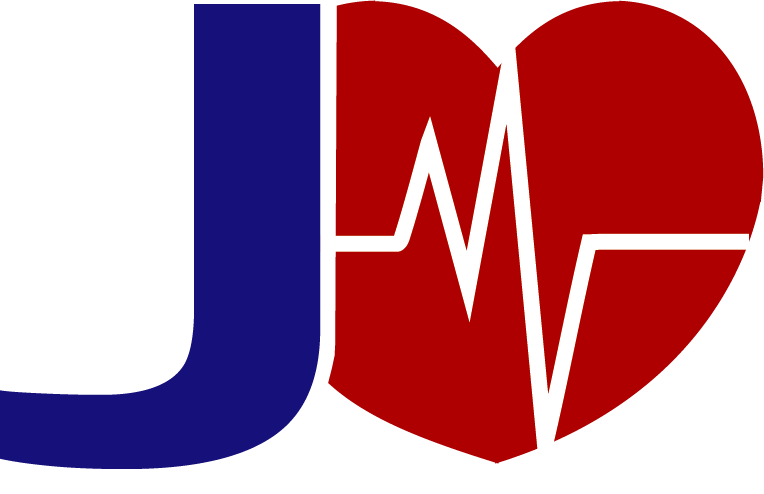Molluscum contagiosum
Last updated: 23 Jun 2025 | 2135 Views |


![]()
Molluscum contagiosum
Molluscum contagiosum (MC) is a skin disease caused by infection with the Molluscum contagiosum virus (MCV), which belongs to the Poxviridae family. This virus has a special characteristic of causing abnormal growth of skin cells, resulting in prominent bumps with a prominent concave center. Inside these bumps, there is a fluid filled with the virus, which can easily spread to other people through direct contact with infected skin or sharing objects.
Mechanism of infection
The Molluscum contagiosum virus (MCV) has a genetic structure as a DNA virus that enters skin cells and causes changes in keratinocytes (cells that make up the epidermis). The virus causes these cells to divide and grow abnormally, resulting in the accumulation of cells filled with the virus.
1. Skin cell infection: MCV enters the body through an injury or a break in the skin. It then enters the keratinocytes directly, causing these cells to develop into large cells called molluscum bodies, which are filled with the virus.
2. Virus division and spread: When these cells die and burst, they release the virus inside them into the surrounding skin, causing the disease to spread to other parts of the skin and to people who come into contact with them.
3. Incubation period: This virus has a relatively long incubation period, usually between 2 weeks and 6 months before the rash appears on the skin.
Symptoms and characteristics of the rash
• Rash characteristics: Molluscum contagiosum rash usually appears as small, raised rash, approximately 0.5–5 mm in size, with a sunken center, which may be skin-colored or white/transparent.
• Rash location: These rash usually occur in areas that are frequently touched or touched, such as the face, neck, armpits, legs, genitals, or areas where they are clustered.
• Clustering of rash: Rash is often found in a group of rash, giving the appearance of a cluster of rash.
• Painless: Rash is usually painless or non-itchy, but some people may experience slight itching, or inflammation caused by secondary infection from scratching.
Diagnosis: Diagnosis of Molluscum contagiosum is generally based on the clinical characteristics of the rash, which are the prominent rash with a sunken center and are usually painless. The appearance of the bumps in groups and locations on the skin, as well as a history of contact with an infected person or shared objects.
If necessary, your doctor may use additional tests, such as:
• Microbiological testing: A tissue scraping from the bump is examined to confirm a viral infection.
• PCR (Polymerase Chain Reaction): A test for MCV DNA in an infected skin sample.
Treatment methods
1. Non-drug treatments: Molluscum contagiosum usually clears up on its own within 6 months to 2 years without the need for special treatment.
2. Medical treatments: Imiquimod: A cream applied to the skin that stimulates the body's immune system by increasing the production of substances that help destroy infected cells. Cantharidin: A substance applied to the bumps to cause them to swell and burst, allowing the virus to escape from the body.
3. Medical treatments: Cryotherapy (liquid nitrogen): Using very cold liquid nitrogen to freeze the bumps and cause them to fall off. Laser: Using a laser to remove or reduce the size of the bumps. Scraping or cutting: Your doctor may choose this method when there is a secondary infection or a large number of bumps that do not go away.
4. Treatment of complications: If secondary bacterial infection occurs from scratching, antibiotics can be used to treat it. Preventing the spread of infection through avoiding contact and scratching
How to prevent infection
Prevention of Molluscum contagiosum infection can be done as follows:
• Avoid contact with infected skin or sharing items such as towels, clothing, or sports equipment.
• Maintain body cleanliness by washing hands and avoiding touching the blisters.
• Avoid scratching to reduce the spread of the virus.
Reinfection
Molluscum contagiosum infection can recur in people with weakened immune systems, such as people with HIV, people taking immunosuppressive drugs, or people undergoing chemotherapy. In these cases, more intensive and continuous treatment may be required.
![]()
Summary
Molluscum contagiosum is generally not considered a serious disease, but it can affect the quality of life, especially in terms of creating aesthetic concerns. The skin may scar or have an undesirable physical appearance.












